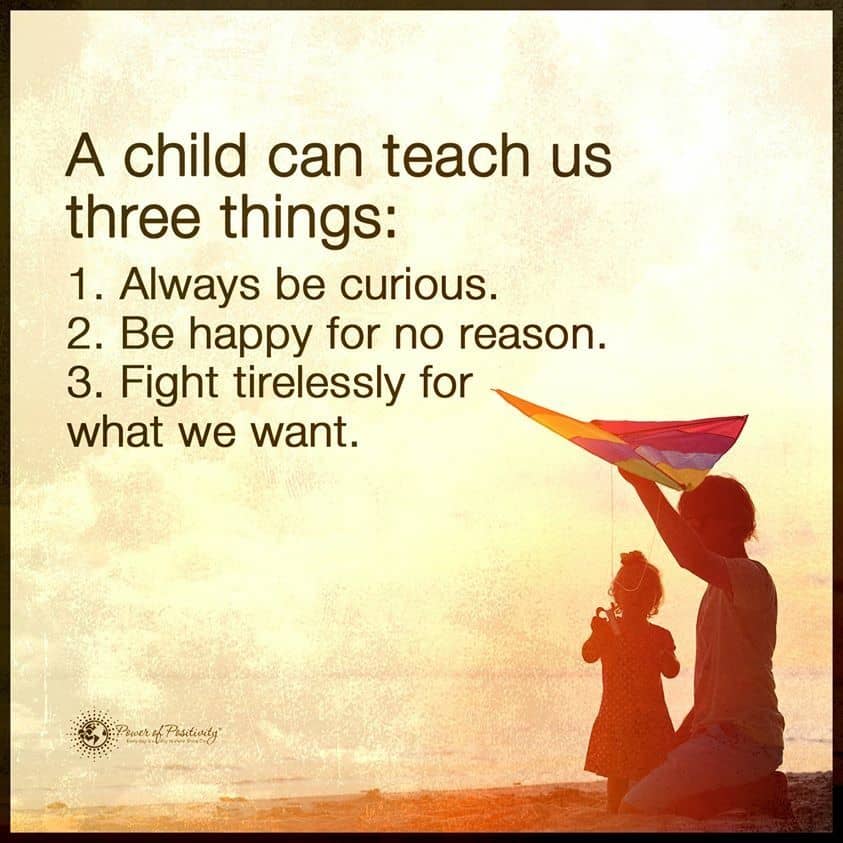Today’s children get far too much screen time and far too little green time. Children have started to use technology at earlier ages, which can cause mental and behavioral problems. Until the last decade or so, kids spent their evenings playing outdoors or riding bikes with friends. Past generations didn’t have to contend with so much technology at their fingertips and had the freedom to explore the world around them.
Of course, kids today still have ample opportunities to enjoy nature, but the parents tend to park them in front of screens. Various educational apps do serve an essential purpose, but children still need green time for their development. Sadly, the use of tablets and smartphones among young children only seems to be increasing with time. According to an alarming report by Common Sense Media, almost half of young children have their tablets.
Here are some of the significant findings on screen time among kids 0-8:
- Since 2013, the amount of time young kids spend on mobile devices has tripled from 15 minutes to 48 minutes a day in 2017.
- On average, kids have around 2 hours and 19 minutes of screen time per day. This includes mobile devices as well as computers, TVs, video games, and DVDs. Sadly, the average TV time per day was only 10 minutes longer than the average time on mobile devices.
- Nearly 49 percent of children ages eight and under falling asleep using some type of media. This may mean playing on tablets, watching TV, or playing video games. Also, 42 percent of parents say they have the TV on “always” or “most of the time,” even if no one is watching.
- On average, kids from lower-income families spend 1 hour and 39 minutes more per day on screen media than children from higher-income families.
- 95% of families with kids 0-8 have smartphones, an increase from 41% in 2011.
- 98% of homes with kids 0-8 had a mobile device, up from 52% in 2011.
- Fewer than half of children under two years old read along with their parents daily. However, parents may use social media for reading and educational purposes.
The American Academy of Pediatrics recommends that children between the ages of two and five spend a maximum of one hour daily using these digital screens. They also recommend setting limits for kids older than six to around one hour per day of high-quality programs. Children younger than two should only use digital media with parents for video chatting family members.
Older children and teens also need more green time.
Media use among older children and teenagers is especially troubling. The Centers for Disease Control and Prevention (CDC) reported the following screen time among kids 8-18:- Among children ages 8-10, kids spend an average of 6 hours per day on media devices.
- Children 9-14 spend a whopping 9 hours a day on average behind screens.
- For kids 15-18, it drops off slightly to an average of 7.5 hours per day.
Sadly, this means that most children in today’s world spend nearly half their waking hours on mobile devices. This may not even include the time they spend on technology during school hours. Teenagers have seen a considerable increase in rates of anxiety, depression, and suicide over the years. Experts believe that social media and smartphones play a large role in the mental health epidemic. (click to tweet)
In our always-on society, it seems difficult to put down the phones and get some green time in our lives. However, children especially need access to the outdoors to help with their development and social connections. Experts have observed troubling behaviors in kids who spend too much time in front of screens and too little in nature. Below, we’ll talk about the importance of green spaces for kids’ mental and physical health.
Here’s why children need less screen time and more green time:
According to a study published in the journal PLOS ONE, young people had better health when they spent more time in nature. While this might not seem surprising, the study may encourage parents to keep children engaged in more outdoor activities. Mental health seems to suffer when people spend too much time on screens and too little in nature.
The positive outcomes of more green time:
Because of the infatuation with smartphones, children and teens spend much less time outdoors than they used to. However, green time boosts health in many ways, such as:
- increased physical activity
- social connections made in parks and urban gardens
- reduced air and noise pollution in green spaces, which promotes good mental health
- regulates circadian rhythm because of the exposure to sunlight
- improves sleep
- reduces stress
- boosts cognitive functioning and concentration
The negative impacts of excessive screen time:
In this particular study, researchers observed the following adverse effects of too much screen time:
- depressive symptoms
- conduct problems
- emotional problems
- negative affect
- short-temperedness
- sleep problems
- somatic complaints
- poor attention span
- executive function impairment
- memory and learning issues
- lower happiness levels
- poor academic performance
The study on the lack of green time
Tassia Oswald and colleagues published the previously mentioned PLOS ONE study at the University of Adelaide. Research in the past typically investigated the effects of screen time and green time separately. However, Oswald and her team aimed to understand how both factors combine to contribute to or harm mental health and cognitive abilities. They analyzed the findings of 186 studies to gather evidence about the links between screen time, green time, and psychological outcomes. This data included mental health, cognitive functioning, and academic performance for children and teenagers.
In general, they found that high usage of media devices caused adverse psychological outcomes. Green time seemed to result in more favorable mental health. It’s unclear how young people from low socioeconomic backgrounds are affected, as they were underrepresented in the study. The researchers say this group will be a priority in future research efforts.
However, the team still needs to do more research overall into the effects of decreasing screen time and increasing green time. Preliminary evidence suggests that green time could potentially ease the harmful effects of too much screen time. This means that nature may be an under-utilized (and usually free) remedy for the adverse effects of technology. Researchers will continue to study this in the future to determine recommendations about screen and green time.
Oswald said this:
“This systematic scoping review highlights that nature may currently be an under-utilised public health resource, which could potentially function as an upstream preventative and psychological well-being promotion intervention for children and adolescents in a high-tech era. However, robust evidence is needed to guide policies and recommendations around appropriate screen time and green time at critical life stages, to ultimately ensure optimal psychological well-being for young people.”
As parents of young children, especially, it’s essential to monitor their usage of technology and set limits. They should only use tablets or smartphones for educational purposes or to video chat with family members. For adolescents, parents should remain involved in their children’s online activity and keep lines of communication open. Teens are vulnerable because of cyberbullying and comparing themselves to others, which promotes low self-esteem.
The results of the study
Phones and tablets have essential places in our society and can significantly aid with education and raising awareness for specific issues. However, they should never substitute for in-person relationships or be used as an escape from problems. Children still need love and attention from parents for development and well-being. Teenagers require this as well, plus healthy relationships with peers at school.
Parents need to take responsibility for their children’s exposure to online activities and enforce rules and limitations. They can still use technology for school and socializing, but they also need time for relaxation and nature. We have started to lose an important connection with ourselves because of our constant attachment to technology. However, we can restore our inner peace and happiness by carving out more green time in our lives.
Final thoughts on why children need less screen time and more green time
Studies have found that children who spend too much time on technology tend to suffer emotionally and psychologically. They do poorer in school, have difficulties socializing, and in general, have worse health overall. Kids who spend more time in nature report more positive mental health and less stress. Time outdoors also gives kids a chance to socialize and make new friends. Technology does serve an essential purpose in modern life, but it needs to be used as a tool, not a crutch.
Parents can teach their kids to maintain a healthy relationship with technology by monitoring their usage. They can also take children to parks and set up playdates with other kids to enable more green time. While technology may be here to stay, children still haven’t evolved to use it for hours at a time. Hopefully, society as a whole will find a healthy balance between technology and nature.
It’s clear that we need both of them in the modern world, but our connection to nature doesn’t have to suffer as a consequence.

















 Community
Community

